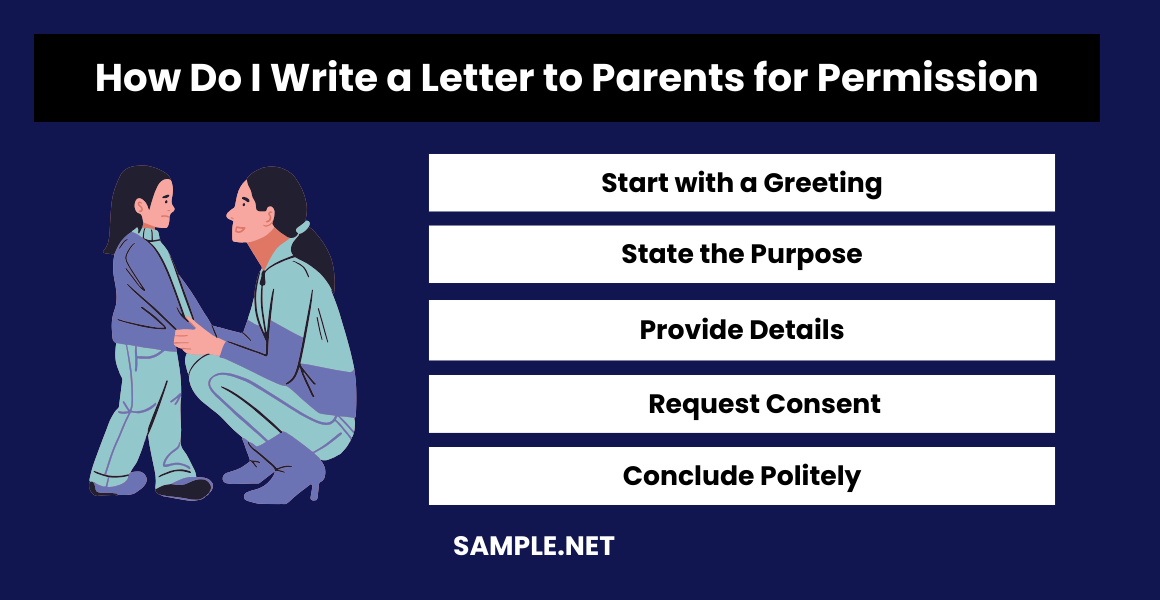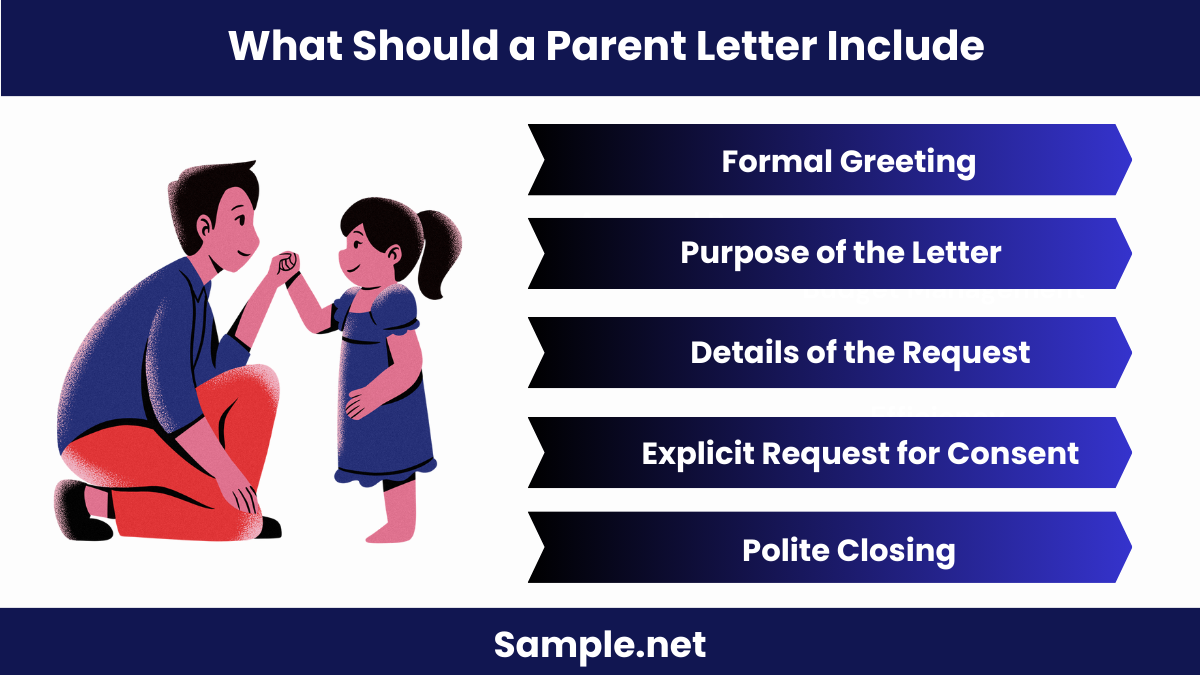Parent Permission Letter Samples
-
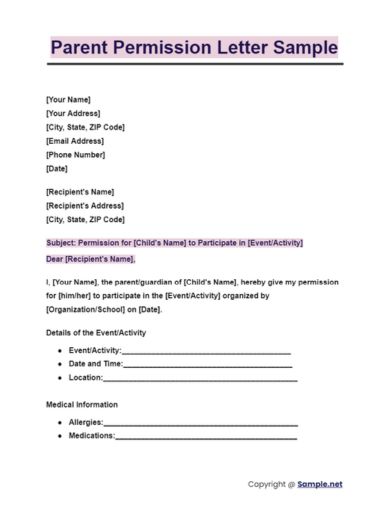
Parent Permission Letter Sample
download now -

Template for Parent Permission Letter
download now -
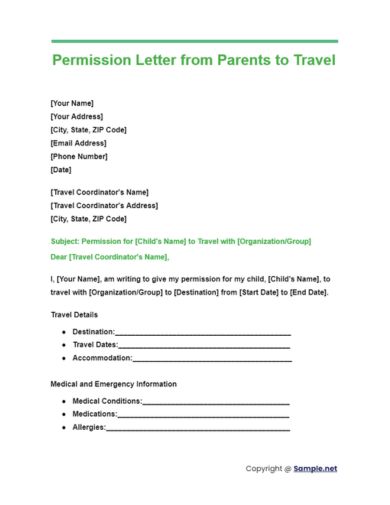
Permission Letter from Parents to Travel
download now -
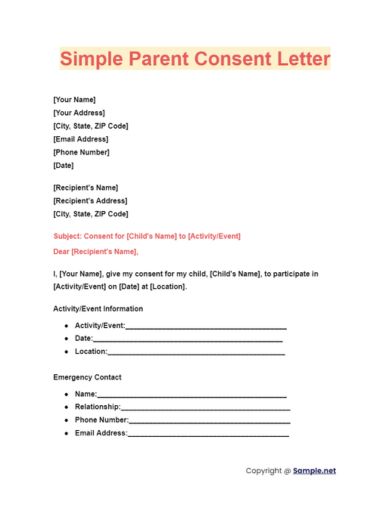
Simple Parent Consent Letter
download now -
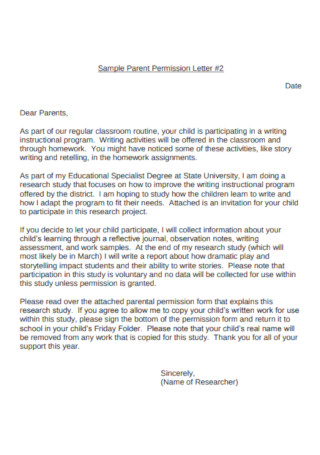
Sample Parent Permission Letter
download now -
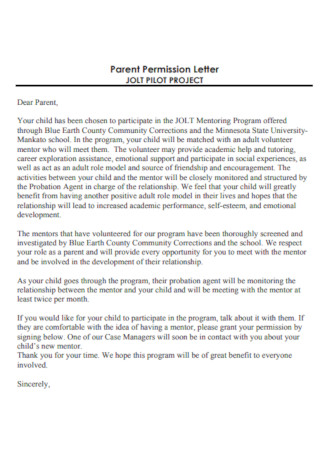
Parent Pilot Project Permission Letter
download now -
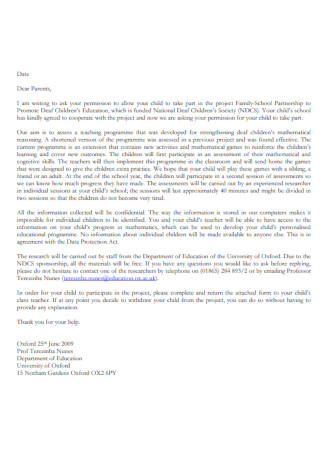
Children Parents School Permission Letter
download now -
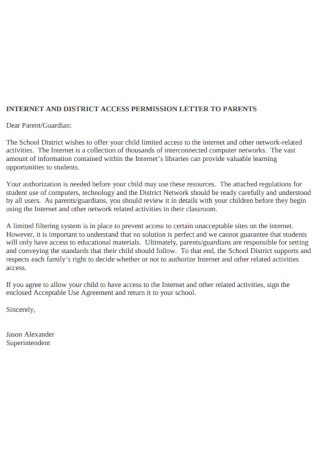
Distric Access Parent Permission Letter
download now -
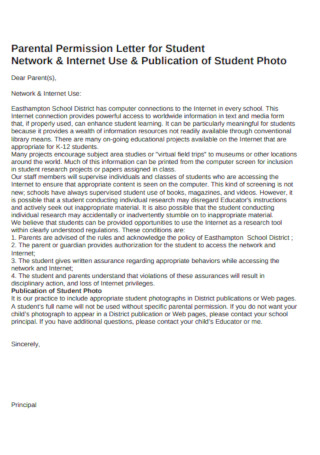
Parental Permission Letter for Student
download now -
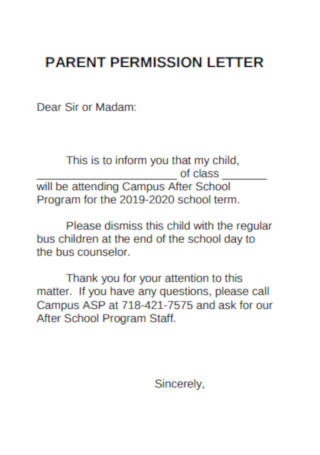
Simple Parent Permission Letter
download now -
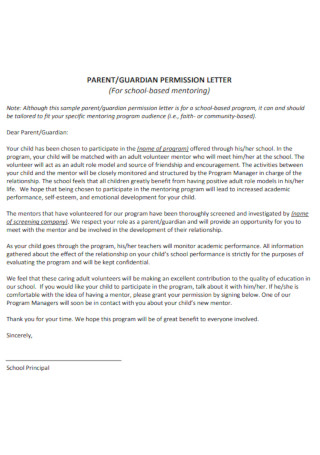
Parent Gordian Permission Letter
download now -

Sample Permission Letter to Parents Example
download now -

Sample Parent Guardian Letter for Using Classroom Video Template
download now -
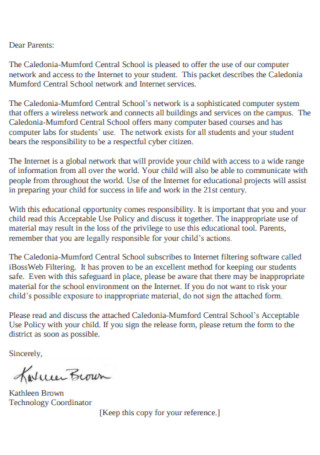
Standard Parent Permission Letter
download now -
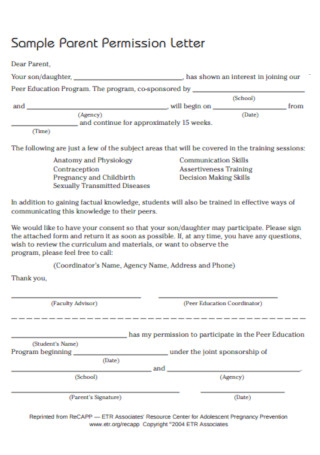
Printable Parent Permission Letter Example
download now -
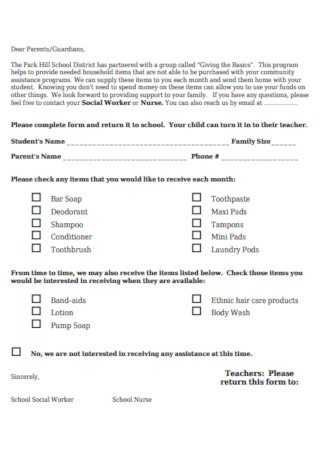
Sample Parents Distric School Permission Letter
download now -
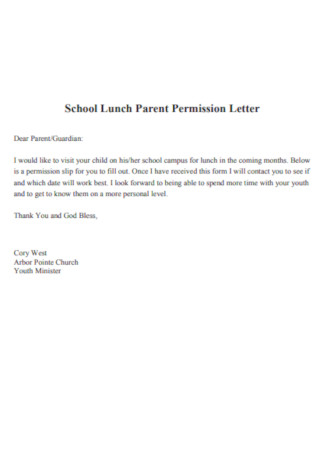
School Lunch Parent Permission Letter
download now -
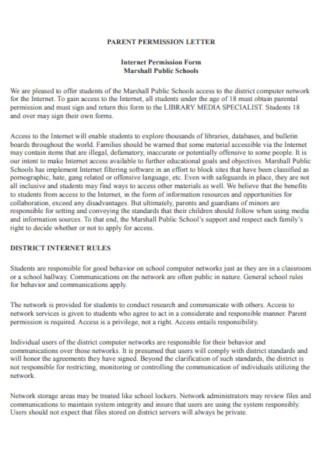
Parent Internet Permission Letter Template
download now -
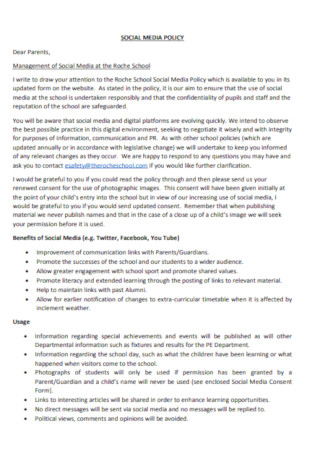
Parents Social Media Permission Letter
download now -
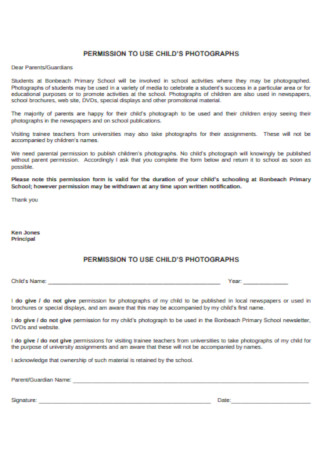
Parent Photography Permission Letter
download now -
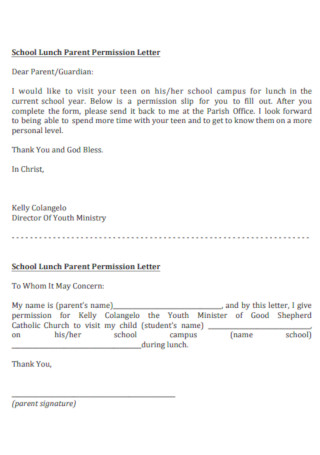
Sample School Lunch Parent Permission Letter
download now -
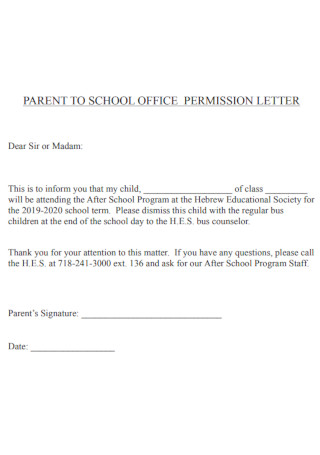
Parents to School Office Permission Letter
download now -
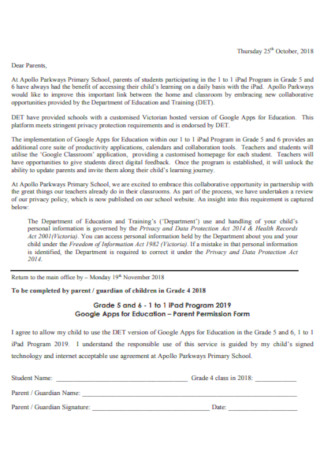
Parent Primary School Permission Letter
download now -
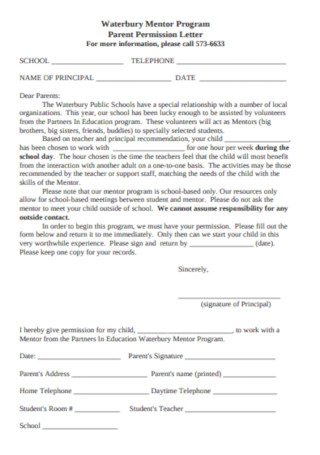
Sample Mentor Program Parent Permission Letter
download now -
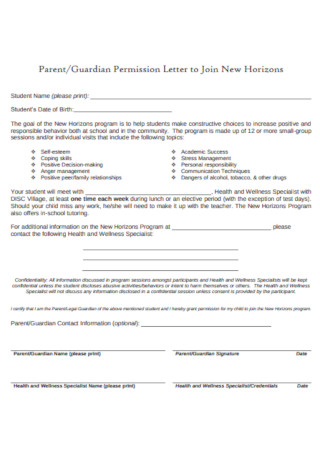
Parent Guardian Permission Letter to Join New Horizons Template
download now -
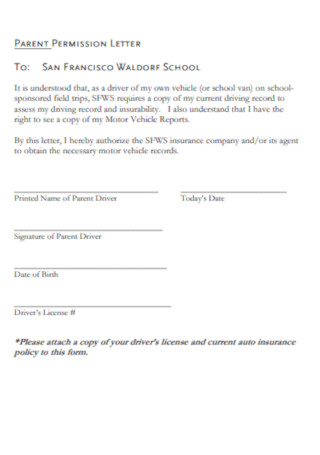
Formal Parent Permission Letter
download now -

Student Parent Letter of Permission Example
download now -
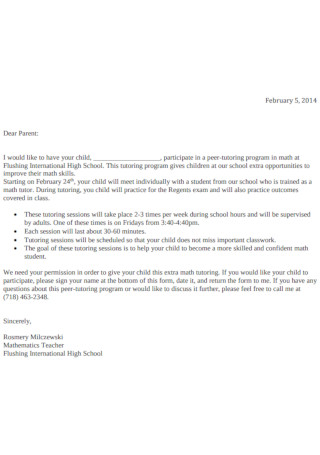
Parents Children High School Permission Letter
download now -
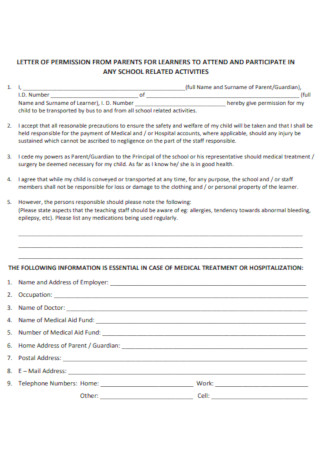
Letter of Parents Permission for School Activities Template
download now -
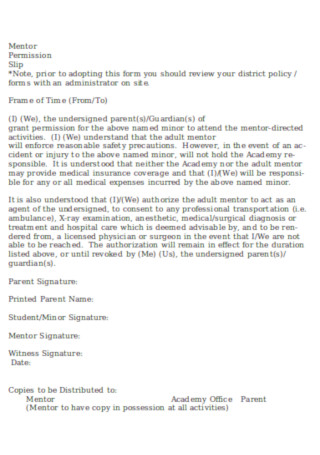
Mentor Parents Permission Letter Template
download now -
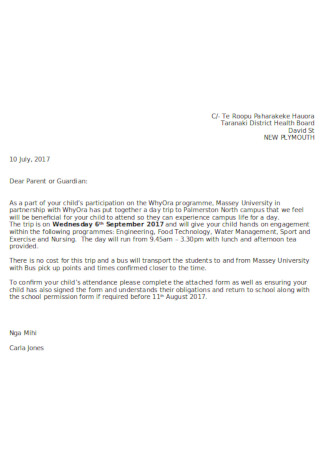
Parents Children Participants Permission Letter Template
download now
FREE Parent Permission Letter s to Download
Parent Permission Letter Format
Parent Permission Letter Samples
What is Parent Permission Letter?
Why Are Parent Permission Letters Important?
The Main Parts of a Standard Parent Permission Letter
How to Make a Parent Permission Letter
What are the other names of a parent permission letter?
What are the four main components of a letter of permission?
How do I authorize someone to act on my behalf?
How Do I Write a Letter to Parents for Permission?
How Do You Write a Parental Consent Form?
How Do You Write a Parental Authorization Letter?
How to Fill a Parent Consent Form?
What Should a Parent Letter Include?
What is a Letter of Consent to Travel from Parent?
What is a Travel Authorization Letter for a Minor with One Parent?
How to Write a Letter Giving Someone Permission to Do Something for You?
Can a Letter of Consent Be Handwritten?
How Do You Write a Short Consent Form?
How Do Teachers Write Permission Letters?
How Do I Write a Schoo
Download Parent Permission Letter Bundle

Parent Permission Letter Format
Header
- Parent’s Name:
- Parent’s Address:
- City, State, ZIP Code:
- Date:
Recipient Information
- Recipient’s Name:
- Recipient’s Address:
- City, State, ZIP Code:
Subject Line
- Subject: Permission for [Child’s Name]
Body of Letter
- Introduction:
- State the purpose of the letter.
- Details of the Event/Activity:
- Date and time:
- Location:
- Description of the event/activity:
- Permission Statement:
- Clearly state that permission is granted.
- Emergency Contact Information:
- Provide phone number and email.
Conclusion
- Additional Notes:
- Any specific instructions or concerns.
- Gratitude:
- Thank the recipient.
Signature
- Parent’s Signature:
- Printed Name:
- Date:
What is Parent Permission Letter?
A Parent Permission Letter is a formal document written by a parent or guardian to grant permission for their child to participate in a specific activity or event. This letter outlines the details of the activity, including dates, times, and any necessary conditions. It serves to inform the responsible party that the parent is aware of and consents to the child’s participation. A well-crafted Parent Permission Letter ensures clear communication and helps avoid misunderstandings, similar to a Landlord Reference Letter
According to Education Business’s research survey, 60% of teachers found an improvement in student performance after a school trip.
Why Are Parent Permission Letters Important?
You might be wondering why you still have to write a parent permission letter instead of just asking the parents personally. Truth is there are a bunch of reasons for how important parent permission letters are. And here are its major highlights:
To Keep Parents on the Loop
A parent permission letter is a detailed letter about what an event, project, or trip is about that requires children to participate. So rather than speaking with parents personally, the details in a letter are much more organized and complete. You can state what needs to be said in the letter rather than end up forgetting certain things about why parental consent is needed. Also, parents would be updated as to what set of activities is expected for their kids to undergo, as written in the parent permission letter.
To Ask for Permission of Any Purpose Formally
Parent permission letters are also regarded as formal letters requesting parental consent. And the permission’s purpose can be anything such as academic field trips, international travels, research participation, and so much more. In fact, Education Business reported that 60% of teachers saw a student performance improvement after a school trip. So it really helps when there is a valid reason behind the permission not only to ask formally but also to encourage parents to actually give the go signal in the end.
To Guarantee the Children’s Safety
Parents are mainly concerned about the welfare of their children so their safety is an essential concern in the parent permission letter. Expect the letter to cover a discussion about how the kids won’t be unsupervised. Whether kids go with a teacher, team leader, youth worker, guardian, or anyone of authority, at least parents would be alright with the idea of entrusting their child with someone who can be trusted. So if no child safety plan was ever tackled in the document, parents would likely reject the permission.
To Prove Whether Consent Is Present or Absent
On the legal side, writing a formal letter such as a parent permission letter is extremely important in terms of proving whether parental consent was present or not. Remember that accidents also happen. A challenging case is when the bus for the school field trip crashed and harmed the child. Another one is if a minor who underwent a medical surgery experienced harmful side effects. The consequences would be much worse if the school principal or the medical professional did not ask for the parent’s consent ahead. Hence, asking for the parent’s signature on the letter is necessary to prove that permission was granted officially and not just verbally.
The Main Parts of a Standard Parent Permission Letter
Bear in mind that a parent permission letter may vary from one example to another. But if you look closely at the different parent permission letters, such as the sample parent permission letter templates in this article, there is a common format for how they are written. And these are the basic parts that make a complete parent permission letter:
How to Make a Parent Permission Letter
If you have gotten accustomed to writing letters in general, then writing a parent permission letter should not be that difficult. But if it is your first time, not to worry because you will be guided on the easiest steps to come up with parent permission letters in just five steps. Without further ado, here are the steps on how to create an excellent parent permission letter:
Step 1: Select a Sample Parent Permission Letter to Optimize
Writing a parent permission letter will be super easy with sample templates to guide you in the process. So make sure to check out the free sample parent permission letter templates posted above this article and pick a template you can customize. You won’t run out of options easily such as a parents consent letter for COVID-19, permission letter from parents to travel, parent permission letter for camp, parental consent form, and more. The best is you can format each sample however you want such as PDF and MS Word.
Step 2: Understand What the Event or Topic Is
Before even writing and editing the details in a parent permission letter sample, be sure you have read and reviewed the strategic plan of what the topic is about. An example is when you are writing a parent permission letter for a school field trip. First things first, do you have a reference page to use that has all the details about the coming educational trip such as the locations to visit, trip schedule, and other specifications. After reviewing the details, you will eventually know what is worth writing and not worth writing in the parent permission letter.
Step 3: Recognize the Parent Permission Letter’s Main Parts
Of course, you must complete the parts of a parent permission letter, as already discussed. With the title, date, branding, subject line, salutation, until the signature of parties present in your document, you can tell that your parent permission letter’s content really pays off. These parts help organize the details in your letter anyway, especially if you transition the different information in the body of the letter smoothly.
Step 4: Be Objective and Direct
Similar to how you write business letters, stay objective and straightforward. Don’t expect parents to have all the time in the world to read long letters. So state what needs to be said in the letter according to the parts of a parent permission letter. That means you need not insert flowery words and you better simplify technical terms that some audiences might not understand. As long as you stay focused on what to write, it will end well.
Step 5: Add a Personal Touch
Although you are writing the parent permission letter professionally, be sure to learn from personal letters in terms of adding a personal touch to the letter. Remember that you also need to greet the parents and write reverently. Also, take note that asking for permission is not a command. Be respectful with your words, especially when you are negotiating with parents concerning their children.
What are the other names of a parent permission letter?
A parent permission letter can be referred to as a parental consent slip, parental consent form, or simply a letter of permission.
What are the four main components of a letter of permission?
A permission letter consists of the addressee’s information, the purpose of the letter, the official permission statement, and the name and signature.
How do I authorize someone to act on my behalf?
You no longer need a permission letter in authorizing someone to act on your behalf. Instead, write an authorization letter.
How Do I Write a Letter to Parents for Permission?
Writing a Parent Permission Letter involves clearly stating the purpose and details of the request. Key steps include:
- Start with a Greeting: Address the parents formally, such as “Dear Parents” or “Dear Mr./Mrs. [Last Name].”
- State the Purpose: Clearly explain why you need their permission.
- Provide Details: Include specifics like dates, times, locations, and any necessary preparations.
- Request Consent: Ask for their permission explicitly.
- Conclude Politely: End with a polite closing and your contact information for any questions.
How Do You Write a Parental Consent Form?
A Parental Consent Form requires precise information and clear instructions. Follow these steps:
- Title the Form: Clearly label it as a “Parental Consent Form.”
- Include Child’s Information: Name, age, and relevant details.
- State the Activity: Describe the event or activity needing consent.
- Provide a Consent Statement: Explicitly ask for permission.
- Include Signature Lines: Spaces for parent’s signature and date, akin to an Excuse Letter format.
How Do You Write a Parental Authorization Letter?
A Parental Authorization Letter formally grants permission for a specific action. Steps to write it:
- Start with a Title: “Parental Authorization Letter.”
- Introduce Yourself and Your Child: Include names and relevant details.
- State the Authorization: Clearly describe what you are authorizing.
- Provide Details: Include dates, locations, and other necessary specifics.
- Include Signature and Date: Parent’s signature and date for formal approval, similar to a Nomination Letter.
How to Fill a Parent Consent Form?
Filling out a Parent Consent Form accurately ensures legal and clear consent. Steps include:
- Read the Form Carefully: Understand all sections before filling it out.
- Complete Personal Information: Enter your child’s and your details accurately.
- Review the Activity Details: Ensure you understand the event or activity.
- Sign and Date: Provide your signature and the date to confirm consent.
- Submit as Instructed: Follow the submission instructions, similar to handling an Authority Letter.
What Should a Parent Letter Include?
A Parent Permission Letter should be clear, detailed, and polite. Key elements are:
- Formal Greeting: Address the recipient formally.
- Purpose of the Letter: Clearly state why you are writing.
- Details of the Request: Include all necessary details about the activity or event.
- Explicit Request for Consent: Clearly ask for permission.
- Polite Closing: End with a thank you and your contact information, akin to a Letter of Employment.
What is a Letter of Consent to Travel from Parent?
A Letter of Consent to Travel from a parent grants permission for a child to travel without them. It includes travel details, parent’s contact information, and a signature, similar to a Contract Letter.
What is a Travel Authorization Letter for a Minor with One Parent?
A Travel Authorization Letter for a minor with one parent allows the child to travel internationally with one parent. It includes the absent parent’s consent, contact details, and signature, akin to a Work Letter.
How to Write a Letter Giving Someone Permission to Do Something for You?
To write a permission letter, clearly state the authorization, include your details, specify the authorized person’s details, and sign it. Keep it formal, like a Professional Reference Letter.
Can a Letter of Consent Be Handwritten?
Yes, a letter of consent can be handwritten, provided it is clear, legible, and contains all necessary information and signatures, similar to a formal Eviction Letter.
How Do You Write a Short Consent Form?
Write a short consent form by stating the purpose, including participant details, providing consent statements, and adding signature lines. Ensure clarity, much like drafting a Credit Dispute Letter.
How Do Teachers Write Permission Letters?
Teachers write permission letters by stating the activity, including date and time, requesting parental consent, providing contact information, and including a signature, similar to writing a Debt Recovery Letter.
How Do I Write a School Permission Note?
Write a school permission note by addressing the school, stating the event, providing dates and times, requesting consent, and signing it. Keep it clear and concise, similar to Hardship Letter.
In conclusion, mastering the creation of a Parent Permission Letter is crucial for clear and effective communication. With our guide, you have learned how to draft detailed samples, forms, and letters, ensuring your permissions are well-documented and impactful. Utilizing the provided templates and tips, you can streamline your permission letter writing process and enhance its effectiveness. For more detailed examples and templates, visit Landlord Reference Letter.

